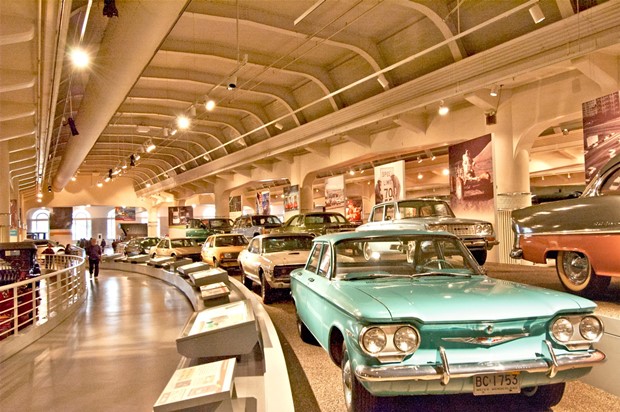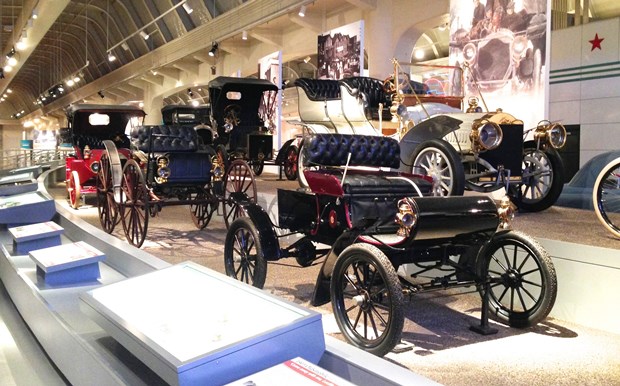It’s hard to imagine an industry that shaped a culture as much as the auto industry shaped America’s in the 20th century. It eliminated trams and created suburbs. It introduced the assembly line and the hourly wage. It spawned a transient nation of road trips, motels, drive-in ‘movie theatres’ and family summer holidays.
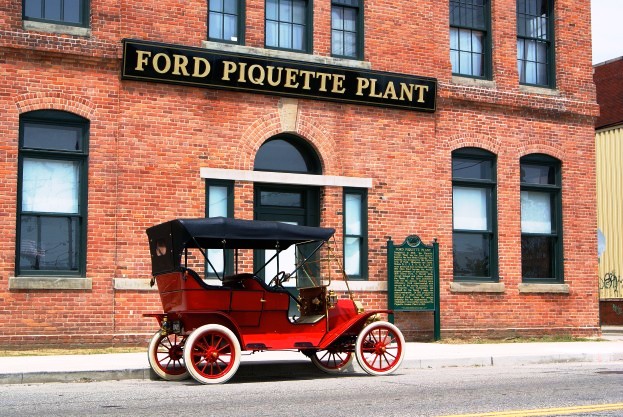
It all had its roots in Detroit, where Henry Ford, John and Horace Dodge, Walter Chrysler, Ransom Olds and other inventive minds tinkered with the horseless carriage in the late 1800s and early 1900s, creating one of the most powerful industries in the world. The global headquarters of the ‘Big Three’—Ford, Chrysler and General Motors—remain in metropolitan Detroit, inextricably linking the city and its automotive legacy.
The Motor City is where the latest, greatest designs are unveiled every January at the North American International Auto Show; it’s where more than 40,000 classic and special-interest cars show up for the annual Woodward Dream Cruise in mid-August (the largest automotive event in the world, attracting 1.7 million car enthusiasts); and it’s where an array of fascinating museums and tours chronicle the origins and rise of it all.
The star has long been the Henry Ford Museum and Greenfield Village, part of a vast complex known collectively as ‘The Henry Ford’ in Ford’s home town (and now Detroit suburb) of Dearborn. The 81-acre Greenfield Village features an amalgamation of some of America’s most significant historic buildings—including Thomas Edison’s laboratory and the cycle shop where the Wright Brothers invented the aeroplane—both of which were moved here and painstakingly rebuilt. Inside an enormous eight-acre exhibit hall, the museum once dubbed ‘Ford’s Attic’ includes everything from one of the largest steam locomotives ever built to an exhaustive car collection that traces the automobile’s evolution and its effect on society.
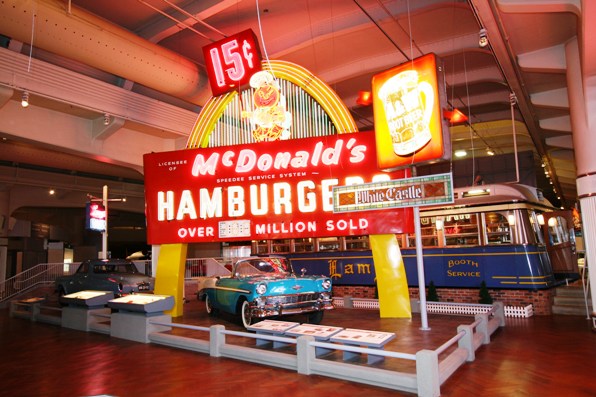
The Henry Ford is also the departure point for a tour of the Ford Rouge Factory (named after the adjacent River), Detroit’s only public tour of a vehicle-manufacturing plant. The original 1.5-mile-long Rouge plant is an icon of the Industrial Age. Built in 1917, it employed a staggering 100,000 workers and was considered ‘the first wonder of the industrialised world’, where raw materials came in by freighter at one end and finished automobiles came out the other. Recent additions to the vast complex mean you’ll begin with a virtual-reality theatre experience before watching F-150 trucks being assembled along a quiet and spotless factory floor.
Also in Dearborn, the Automotive Hall of Fame is the Cooperstown (home of the Baseball Hall of Fame) of the auto industry, paying homage to the people who affected and advanced the industry. Here too are the anecdotes: when Henry Ford couldn’t make a $5,000 (£3,200) payment to the Dodge brothers’ machine shop, he instead paid them in Ford Company stock—profits from which the brothers later used to start their own car company.
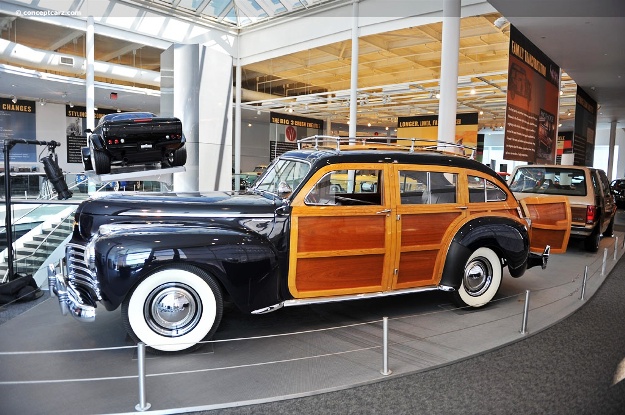
Suburban Auburn Hills is home to DaimlerChrysler headquarters and the Walter P. Chrysler Museum. A railroad mechanic, Chrysler got his start in the auto industry when he became smitten at an auto show with a $5,000 (£3,200) Locomobile. He had it shipped to his home, where he immediately took it apart and reassembled it. Along with a gleaming collection of DeSotos, Hudsons and muscle cars, this museum does a good job of explaining the evolution of auto engineering and design with a variety of hands-on displays about aerodynamics and other advancements. A timeline illustrates the endless string of start-ups and mergers that track the worldwide auto industry, with Motor City at the helm.

